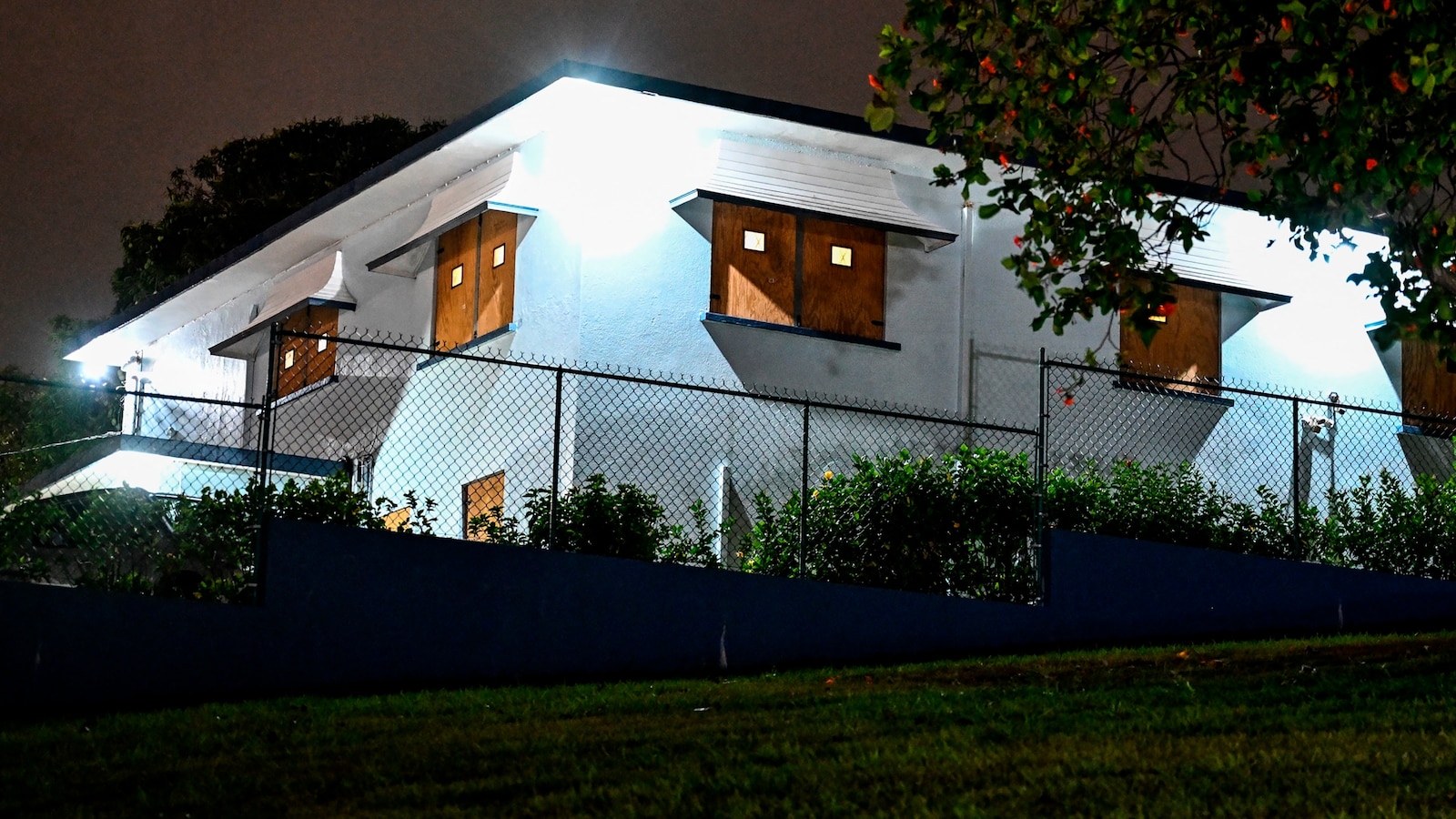Hurricane Beryl’s Impact on Barbados

Barbados hurricane beryl – Hurricane Beryl, a Category 1 hurricane, made landfall in Barbados on July 18, 2018, causing widespread damage across the island.
Barbados Hurricane Beryl wan serious storm wey hit de island hard. Fu more info bout dis storm, check out de National Hurricane Center Beryl website. Dat website get all de latest updates and advisories bout de storm. Stay safe and follow de instructions from de authorities fu dis Hurricane Beryl.
The hurricane brought heavy rainfall, strong winds, and storm surges, which resulted in flooding, landslides, and damage to infrastructure, housing, and the environment.
Barbados Hurricane Beryl don cause serious damage to de island. Fuu get de latest update pon de hurricane, check out de hurricane beryl forecast. De forecast does show de path of de hurricane and how strong it expected to be.
Make sure yuh stay safe and follow all de instructions from de authorities.
Infrastructure
- The hurricane caused significant damage to the island’s infrastructure, including roads, bridges, and power lines.
- Many roads were blocked by fallen trees and debris, making it difficult for emergency responders to reach affected areas.
- Power outages affected over 90% of the island’s population, disrupting businesses and daily life.
Housing
- Hurricane Beryl damaged or destroyed over 1,000 homes in Barbados.
- Many people were left homeless and had to seek shelter in temporary shelters or with friends and family.
- The government provided emergency housing assistance to those who had lost their homes.
Environment
- The hurricane caused significant damage to the island’s environment, including its coral reefs, beaches, and forests.
- Strong winds and waves damaged coral reefs, which are important for marine life and tourism.
- Beaches were eroded and littered with debris, making them unsafe for swimming and other recreational activities.
Economic Losses
- Hurricane Beryl caused an estimated $100 million in economic losses to Barbados.
- The tourism industry, which is a major source of revenue for the island, was severely impacted by the hurricane.
- The government provided financial assistance to businesses and individuals who had suffered losses.
Recovery Efforts
- In the aftermath of Hurricane Beryl, the government of Barbados launched a major recovery effort.
- Emergency responders worked to clear debris, restore power, and provide assistance to those who had been affected by the hurricane.
- The government also provided financial assistance to businesses and individuals who had suffered losses.
Barbados’ Preparedness and Response to Hurricane Beryl: Barbados Hurricane Beryl
In the face of Hurricane Beryl, Barbados displayed commendable preparedness and response efforts. These efforts were crucial in mitigating the hurricane’s impact and ensuring the safety of the Barbadian people.
Preparedness Measures
Prior to the hurricane’s arrival, Barbados implemented a comprehensive preparedness plan that included:
- Issuing timely warnings and evacuation orders.
- Securing critical infrastructure and utilities.
- Stockpiling essential supplies and resources.
- Training and mobilizing emergency response teams.
Response Effectiveness
During the hurricane, Barbados’ response efforts were swift and effective:
- Evacuations were conducted efficiently, ensuring the safety of vulnerable residents.
- Emergency services, including medical and rescue teams, responded promptly to emergencies.
- Infrastructure repairs and power restoration were prioritized, minimizing disruptions.
Areas for Improvement
While Barbados’ preparedness and response to Hurricane Beryl were commendable, there are always areas for improvement:
- Enhancing early warning systems to provide more accurate and timely forecasts.
- Improving communication channels between emergency responders and the public.
- Strengthening community resilience through disaster preparedness education and training.
Lessons Learned from Hurricane Beryl for Barbados

Hurricane Beryl, which made landfall in Barbados in 2018, provided valuable lessons for the country’s disaster preparedness and management. By identifying and addressing these lessons, Barbados can strengthen its resilience to future hurricanes and other natural disasters.
Early Warning and Communication
One key lesson learned from Hurricane Beryl was the importance of early warning and communication. The Barbados Meteorological Services (BMS) provided timely and accurate forecasts and warnings, which allowed residents to take necessary precautions. However, some residents reported that they did not receive warnings or that the warnings were not clear enough. This highlights the need for improved communication strategies, particularly for vulnerable populations.
Infrastructure Resilience
Hurricane Beryl also exposed the vulnerability of Barbados’ infrastructure to hurricanes. High winds and heavy rains caused widespread damage to homes, businesses, and public buildings. This damage highlighted the need for more resilient infrastructure, including building codes that can withstand hurricane-force winds and improved drainage systems to prevent flooding.
Community Preparedness
Another lesson learned from Hurricane Beryl was the importance of community preparedness. Many residents were unprepared for the hurricane, lacking basic supplies such as food, water, and first aid kits. This lack of preparedness contributed to the difficulties faced by residents in the aftermath of the hurricane. There is a need for increased community education and outreach programs to promote disaster preparedness and self-reliance.
Emergency Response Coordination, Barbados hurricane beryl
Hurricane Beryl also highlighted the need for improved coordination among emergency response agencies. While many agencies worked diligently to respond to the hurricane, there were some instances of confusion and duplication of efforts. This can be addressed by developing clear protocols for coordination and communication among agencies, as well as training and exercises to practice these protocols.
Recommendations
Based on the lessons learned from Hurricane Beryl, the following recommendations can be made to strengthen Barbados’ resilience to hurricanes and other natural disasters:
- Improve early warning and communication systems, including providing clear and timely warnings to all residents.
- Invest in infrastructure resilience, including strengthening building codes and improving drainage systems.
- Promote community preparedness through education and outreach programs.
- Develop and implement clear protocols for coordination among emergency response agencies.
By implementing these recommendations, Barbados can better prepare for and respond to future hurricanes and other natural disasters, ensuring the safety and well-being of its residents.